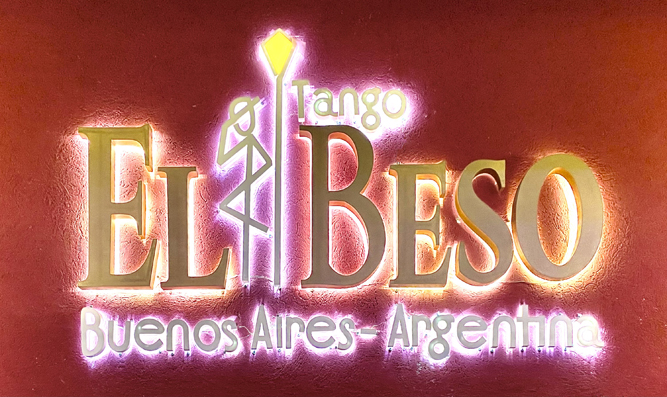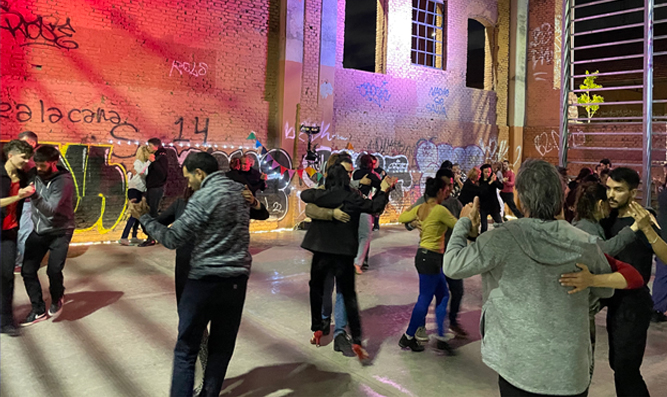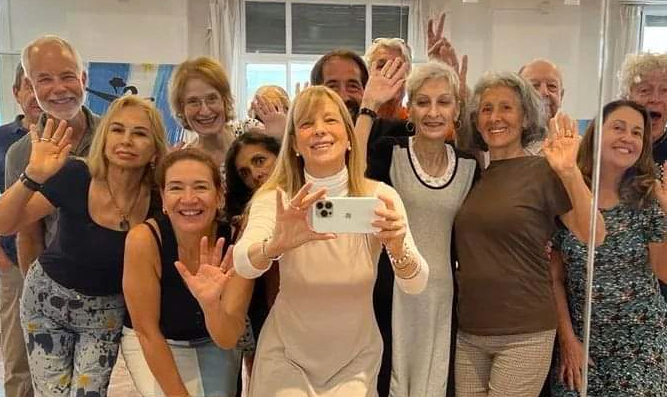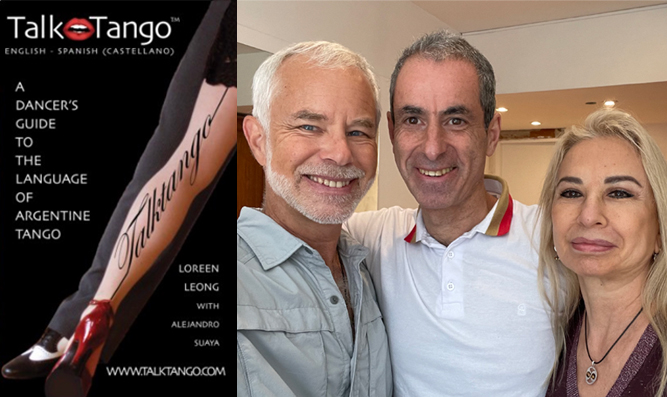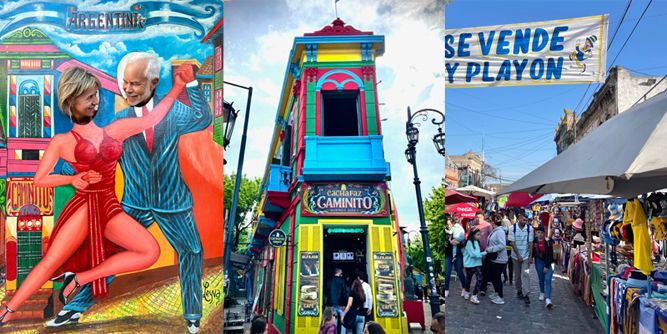What can yoga teach us, and how can it impact our tango? Chiefly, I have found that yoga can help us to be more aware of our body and to exercise greater control over it – greater somatic control. Yoga helps us to feel and move well.
Yoga asanas (what most of us think of as yoga, i.e. the physical postures) is just one of the Eight Limbs of yoga. These combine with moral disciplines, breathing exercises, meditation and other practices. Asanas tone the muscles, lubricate the joints, align the spine and improve flexibility.
The Yoga Sutras of Patanjali (2.46) advise, sthira sukham asanam, “steadiness and ease in all the postures”. Yoga helps to exercise this steadiness and ease. Our mind becomes quieter and more still. And in that mental stillness, we become more attune to our body and to its capabilities and more aware of whatever (and whoever) surrounds us on the dance floor.
In addition to greater mental awareness, we also become more physically capable. Yoga trains our posture and exercises our strength and balance. We are better able to respond physically to the challenges that present themselves every moment on the dance floor. We dance more attentively and skillfully. We are better able to put into practice our tango knowledge and also meet the various mental and physical demands of daily life.
Muhammad Ali famously described his “dance” in the boxing ring as to “Float like a butterfly and …” (well, never mind about the “sting like a bee” part for most of us). In having the mind aware and the body responsive, the experience can be quite sublime and very much like floating effortlessly across the floor.
And then there’s grace – the heart and elegance of the dance. Yoga trains the heart and helps us become more attune to the love and beauty that is our nature. As tango artists, we move artfully and gracefully to some of the most inspiring music in the world. Our bodies are our instruments, and while they make no sound, we play them just as the members of the tango orchestra play their bandoneóns, violins, piano and other instruments.
Finally, and most importantly, is the connection. By being more mentally aware, physically capable, and heart fully attune to the dance, we are better able to maintain connections with our partner and with the music. We are better able to float beautifully and gracefully together as one body across the floor.
If yoga is not already your practice, I highly recommend finding a good teacher and giving it a try. Remember though, as with everything, it’s a good idea to make a commitment. It is said that 90% of the practice is just getting yourself to the mat.
Namaste!

